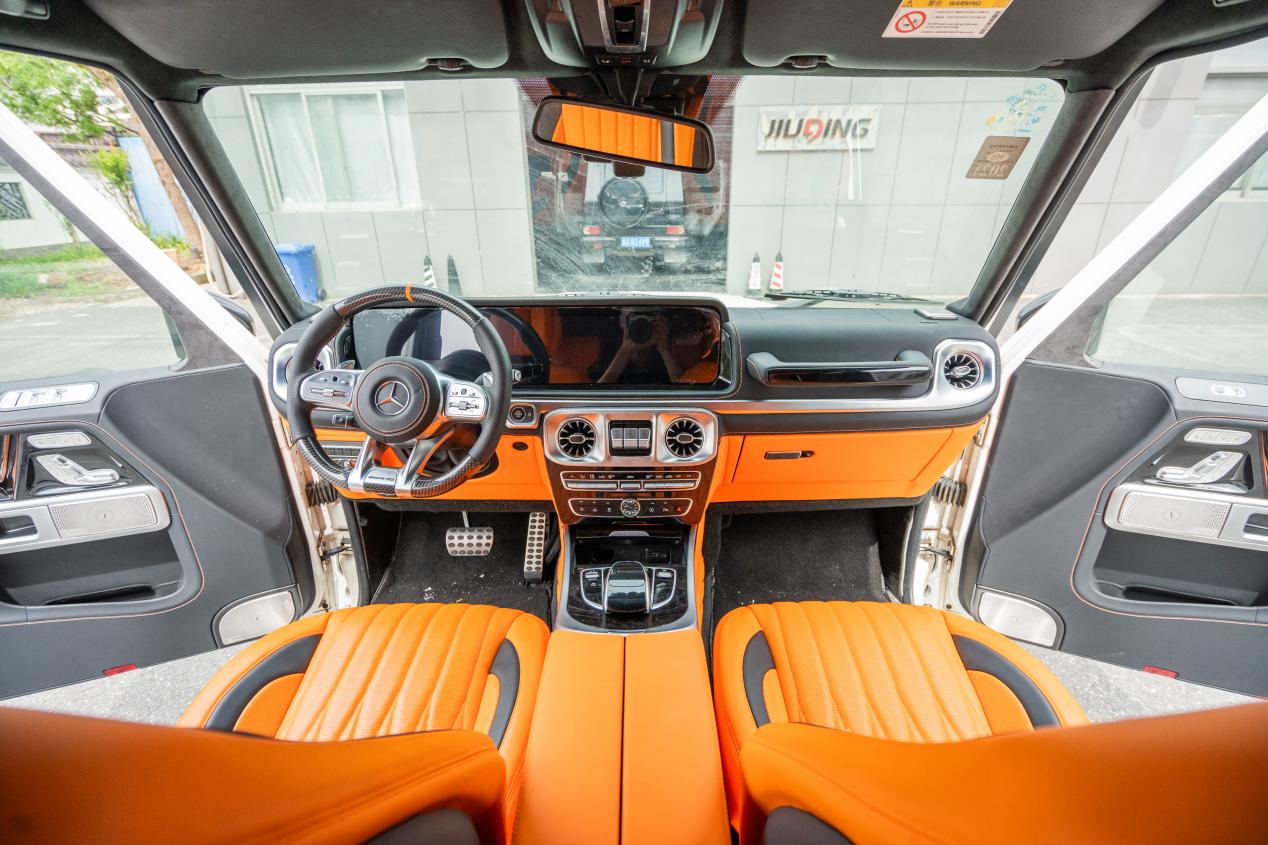Key Points in Production Process and Quality Control for Interior Car Components
Release time:
Sep 17,2025
Interior car components are crucial components for vehicle comfort, aesthetics, and safety, and include instrument panels, center consoles, door trims, headliners, seats, and carpets. With the development of the automotive industry, consumer demands for interior quality and environmental friendliness continue to rise, placing higher standards on production processes and quality control.
In terms of production processes, interior car components typically involve injection molding, vacuum bonding, compression molding, painting, electroplating, and sewing. For example, instrument panels and door panels often utilize a combination of injection molding and wrapping technologies, ensuring structural strength while enhancing tactility and aesthetics. Seats and headliners rely more on foaming, sewing, and lamination processes, emphasizing comfort and durability. In recent years, with the growing trend toward lightweighting and environmental protection, more and more companies are incorporating bio-based materials, water-based adhesives, and low-VOC emission processes into their production to meet the demands of green manufacturing.

In terms of quality control, inspection of interior car components is carried out throughout every step of the process, from raw materials and production to finished product testing. First, raw materials must undergo rigorous screening and testing, including for flame retardancy, aging resistance, odor, and environmental performance, to ensure compliance with national and international standards. Secondly, strict control over dimensional accuracy, surface treatment, bonding strength, and color variation is crucial during the production process. For example, injection molded parts must exhibit no noticeable shrinkage, bubbles, or deformation, while fabric and leather components must exhibit uniform color and a pleasant feel.
Finally, finished product testing is equally crucial. Interior car components must undergo tests for wear resistance, weather resistance, and high and low temperature cycling to ensure stable performance under challenging operating conditions. Safety-related components, such as seatbelt buckle trims or airbag covers, undergo rigorous functional verification to ensure uncompromised safety.
The production process and quality control of interior car components complement each other. Advanced technology lays the foundation for product performance, while scientific quality management ensures consistency and reliability. In the future, with the widespread application of intelligent manufacturing and environmentally friendly materials, the production of interior car components will become even more efficient, green, and intelligent, meeting consumers' ever-higher expectations for quality and safety.
Recommended News




